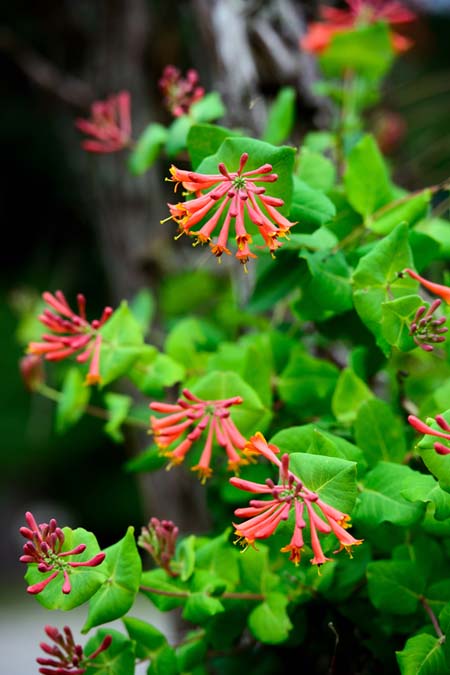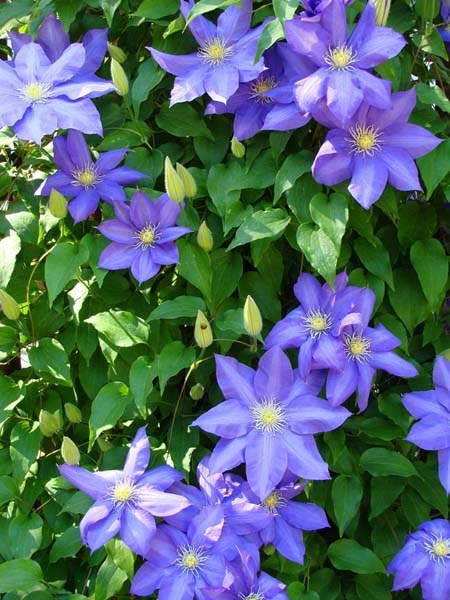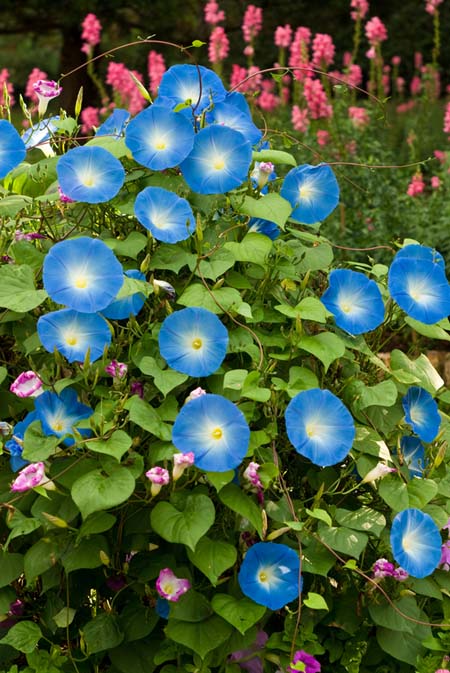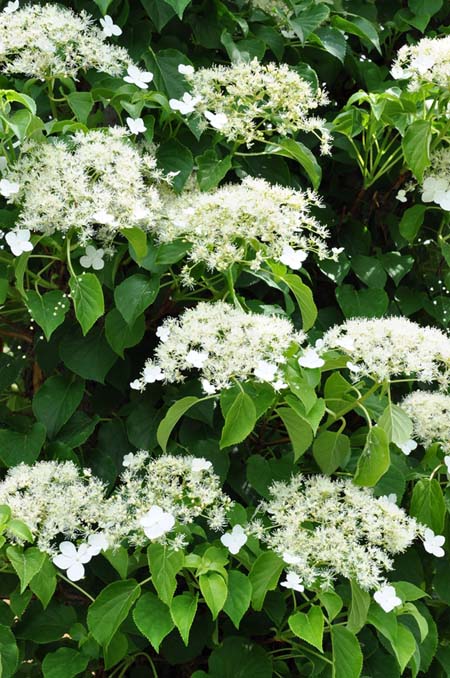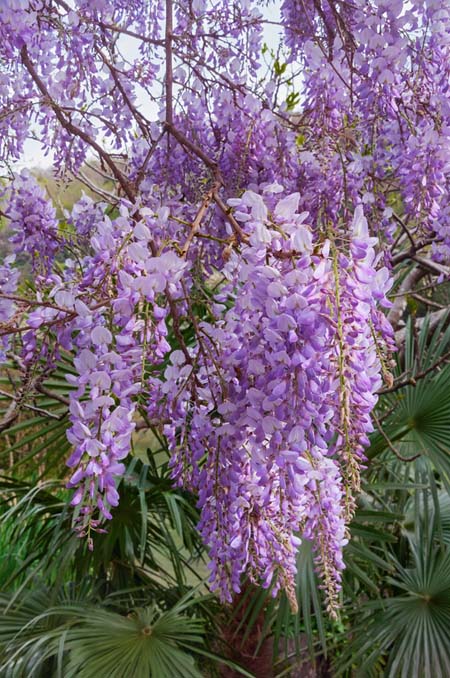Vines are generally low maintenance and can be easily trained to grow on gazebos, trellises, and arbors. Growing vines in the northern regions of the United States is easy if you know which plants to select. I have been growing non-invasive vines for years. I will share my experience with you about which non-invasive examples work best in northern regions of the country with cold winters.
What Qualifies As Invasive?
First, let me briefly explain the difference between invasive and non-invasive plants: Invasive plants are ones that are not indigenous to the area. Using invasive plants can cause harm to an ecosystem. This can happen because invasive plants have a tendency to rapidly spread. Often, this occurs because the non-native plant does not have the normal predators (insects, animals, diseases, and so on) from its native region to keep it in balance. Spreading quickly, it can prevent the growth of native plant life and destroy an ecosystem’s natural balance. Non-invasive plants are plants that naturally grow in a particular region without any human contact or interference. This term can also sometimes be used to refer to plants that do not overtake areas and do not harm ecosystems.
5 Top Non-Invasive Vines to Grow in the North
The following five non-invasive plants all work well with gazebos, trellises, and arbors as support systems.
Trumpet Honeysuckle
Not to be confused with Japanese honeysuckle, which is highly invasive, trumpet honeysuckle is a perennial flowering vine with crimson flowers. I have this plant on my property. We enjoy the trumpet-like flowers that the vine produces during the summer months, and so do the mockingbirds that visit our property. It is a wonderful flowering plant for pollinators, and a brilliant addition to the cottage garden.
This plant can grow up to fifteen feet high and is ideal for small yards. I recommend full sun and pruning in early spring. Ours bloomed rather quickly in New Jersey, however, it may take up to five years for plants to become established, and for the flowers to bloom. Do not overwater them.
Clematis
Clematis is an annual flowering climbing plant that is often referred to as the reigning “Queen of Climbers.” I have magenta colored flowering vines on my property. The blooms often remain until autumn. It is a good idea to prune clematis the first spring after planting. But keep in mind that different cultivars have different pruning needs.
Do not become discouraged if they do not bloom during the first year of planting. These plants need about two years to become properly established. Clematis needs to be kept moist and most varieties require full sun, though some do grow well in partially sunny areas. Blooms are usually abundant from spring until the first frost. Clematis grows from eight to twelve feet high.
Morning Glory
Morning glories are remarkable annuals in that their seed deposits regenerate each year. We planted them once on our property, and while they are technically considered annual flowering plants, they return each year without any work or help from us!
Their vibrant purple blooms that eagerly reseed themselves are a beautiful addition to our garden, and their vines create a privacy screen on a chain link fence adjacent to our property. Morning glories need full sun and regular watering. This plant blooms from early summer until late fall or early winter. These can easily grow over ten feet in total length.
Climbing Hydrangea
Climbing hydrangea vines are perennials that take about two to three years to establish themselves. Some may take up to five years, depending on the climate. These lush flowers are a delight to experience! Be patient, because they are indeed worth the wait. Hydrangeas are excellent plants for attracting pollinators to your backyard habitat. The white flowers in our area come into bloom in June.
This plant needs full sun but can sometimes grow in partial shade. Prune in the summer after the blooms fade. Upon maturity, these plants have been known to grow thirty to fifty feet tall.
American Wisteria
American wisteria is a perennial twining flowering vine that produces fragrant blooms that are blissfully intoxicating! They need full sun and moist soil. Colors can vary. We have wisteria that is currently thriving on a backyard wooden trellis.
These plants can grow up to twenty-five feet. Wisteria needs regular pruning, and this is recommended in the summer and again in late winter.
For Beautiful Blossoms, Choose Climbers
When you purchase your vines, be sure to follow all necessary planting and training instructions given, and carefully examine the support system guidelines offered. If these aren’t available via a plant tag or information from your local nursery, do not hesitate to ask an assistant at the store. Most reputable and responsible stores now encourage the sale of non-invasive plants to their customers. If you are uncertain about which plants are best to choose for your area, do a little research before making a commitment, and explore more of our growing guides on Gardener’s Path. A world of natural beauty awaits you. Photo credit: Shutterstock.
